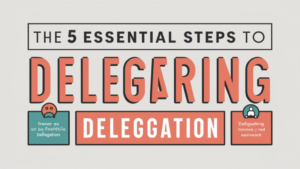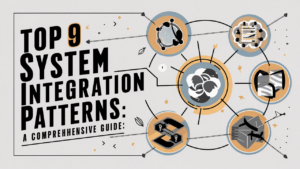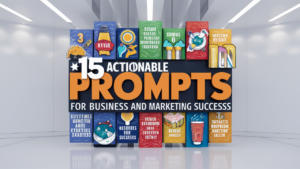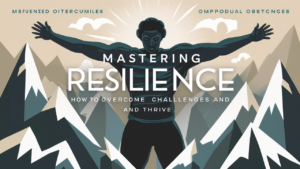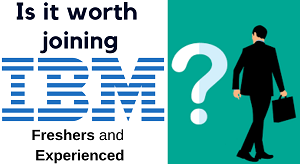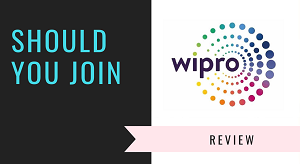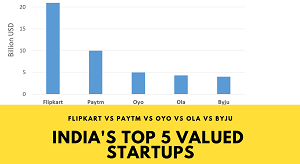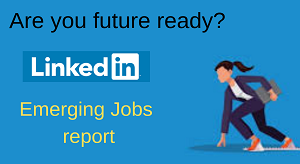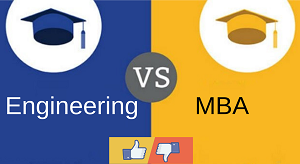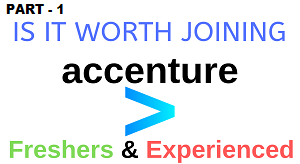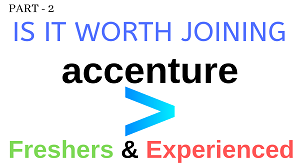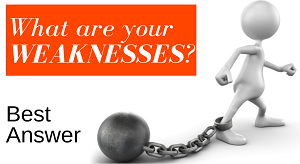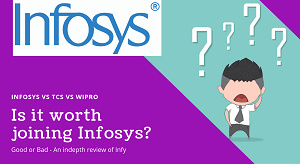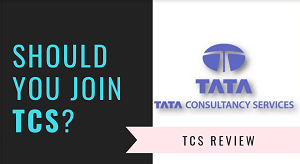Change is inevitable, but navigating it effectively is a skill every leader must master. Whether you’re implementing a new company-wide strategy, restructuring your team, or rolling out a new system, knowing how to manage change is crucial to your success. To help guide you through this process, here are five powerful change management frameworks, each offering a unique approach to organizational change management frameworks.
1. Kotter’s 8-Step Change Model 🚀
Developed by John Kotter, this model emphasizes the importance of engaging people throughout the change process. It breaks change down into eight steps, focusing on building urgency, creating a vision, and reinforcing the change management frameworks until it becomes part of the organizational culture.
How to Use Kotter's Model:
Create a sense of urgency
Form a coalition of change leaders
Develop a clear vision and strategy
Communicate the vision widely
Remove obstacles that may hinder change
Create short-term wins
Build on the change by encouraging further improvement
Anchor the change management frameworks in the culture


2. Lewin’s Change Model 🔄
Kurt Lewin’s model provides a simple three-stage process for change, focusing on breaking the current status quo, making the change management frameworks, and then cementing the new status. This framework is especially helpful for structural or procedural changes.
How to Use Lewin’s Model:
Unfreeze ❄️: Prepare the organization for change by challenging current behaviours and processes.
Change 🔧: Implement new systems, processes, or behaviours.
Refreeze ❄️: Reinforce the change until it becomes a permanent part of the organization.
💡 When to Use: Ideal for clear, structured changes, like when you’re rolling out new organizational processes or structures.
💡 Example: You’re updating the company’s project management system and need to ensure employees adapt to the new tool without falling back into old habits.
3. ADKAR Model 💡
The ADKAR model is people-focused and emphasizes the individual’s journey through change. Created by Prosci, it is particularly useful for personal or small team changes that require high levels of engagement and buy-in.
How to Use the ADKAR Model:
Build Awareness of the need for change 🧠
Create a Desire to support the change 💪
Foster Knowledge on how to change 📚
Develop the Ability to implement the change 💼
Reinforce the change to sustain it 🔗
💡 When to Use: Best for personal or team changes, like introducing a new process where you need individuals to be highly engaged.
💡 Example: You’re launching a new employee training platform and need the entire team to actively adopt it. The ADKAR model helps focus on individual acceptance and reinforcement.
4. McKinsey’s 7-S Model 🔍
The McKinsey 7-S Model is best suited for complex, multi-faceted changes that affect many parts of the organization. It aligns seven elements—strategy, structure, systems, shared values, style, staff, and skills—to ensure the organization moves as one cohesive unit during the change.
How to Use the McKinsey 7-S Model:
Strategy: Define the overall strategy for change.
Structure: Adjust the organizational structure to fit the new direction.
Systems: Implement systems to support the change.
Shared Values: Align company values with the new vision.
Style: Adapt leadership styles to fit the change.
Staff: Evaluate the roles and responsibilities of your team.
Skills: Ensure employees have the skills needed for success.
💡 When to Use: For complex, organization-wide changes that involve multiple teams, systems, and processes.
💡 Example: Your company is expanding into new markets, requiring changes in the organizational structure, new skill sets, and updated systems to support international operations.
5. Bridges’ Transition Model 🌅
William Bridges’ Transition Model focuses on the psychological transitions that people go through during change. It breaks change down into three stages: endings, the neutral zone, and new beginnings. This model is especially useful for managing the emotional impact of change.
How to Use Bridges’ Model:
Endings 🛑: Acknowledge and address what people are losing.
Neutral Zone ⚖️: Guide people through this uncertain phase where the old way is gone but the new way isn’t fully established.
New Beginnings 🌱: Help employees embrace new opportunities and look forward to the future.
💡 When to Use: For changes that have a strong emotional component, like mergers, acquisitions, or significant organizational shifts.
💡 Example: Your company is going through a major cultural shift after a merger. Using the Bridges model can help employees process the end of the old company culture and transition smoothly into the new environment.
Conclusion: Leading Change management frameworks Successfully
Navigating change management frameworks can be one of the most challenging aspects of leadership, but by using the right framework, you can turn obstacles into opportunities. Whether you’re dealing with incremental updates or major transformations, the frameworks outlined here—Kotter’s 8-Step Model, Lewin’s Change Model, ADKAR, McKinsey’s 7-S Model, and Bridges’ Transition Model—provide a roadmap to guide you through the process.
💡 Pro Tip
Always choose the framework that aligns best with the type of change management frameworks you’re implementing. Each model offers unique advantages, whether you’re leading a large-scale transformation or managing smaller team adjustments.
Embrace change management frameworks, and with the right strategy, your team will too!











